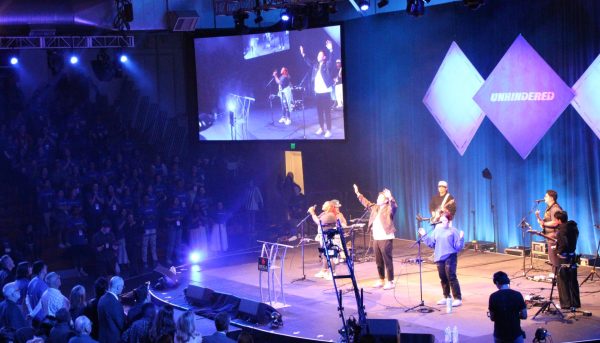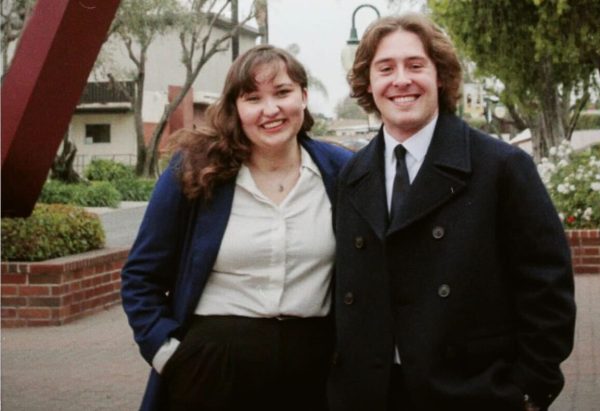Transfer students gain more mobility
The carry-over process increases in efficiency as administration makes new changes.
October 26, 2017
Administration recently changed the transfer process, hoping to alleviate stress of prospective transfer students who wish to apply credits earned at another college.
WHAT TRANSFER REALLY MEANS
Transfer students have certain pathways which allow them to identify the classes at their two-year college which will most easily satisfy the general education requirements at their target school. Previously, the California State University Breadth, the official state guideline assisting students in transferring to a CSU, remained the only pathway Biola accepted. However, Biola now accepts the Intersegmental General Education Transfer Curriculum, the pathway for students aiming to attend a University of California campus.
“The CSU Breadth is geared just towards the state school, but the IGETC is geared towards both the state school and the UC,” said Donald Gordon, admissions counselor. “The majority of students that have transferred out from a two-year to a state school—they have completed the CSU Breadth. Biola only accepted IGETC until a couple weeks ago, mainly because of faculty governance.”
Transfer students include those who already have at least 15 transferable college credits when they come to Biola, according to associate vice president of university admissions Amanda Slaughter.
Each transfer student has a different story, but Gordon says Biola typically sees a pattern of two types of transfer students.
“To help illustrate this idea… there’s the student who applied to Biola as a freshman and it wasn’t affordable or they didn’t get in,” Gordon said. “Then there’s the other—I call it the true transfer student—who is off at a community college, never heard of Biola, was headed to UCLA, and then they meet one of us at a fair, and they’re like, ‘What’s a “B-ee-ola?’”
REELING IN MORE TRANSFERS
The number of transfer students has increased compared to last year, Slaughter shared, with hopes of more to come as Biola continues to improve the process.
“We had 254 transfer students this year that we brought in. I think [last year’s number was] about 230, so we went up. We’re excited for that being an option for students to complete their bachelor’s degree,” Slaughter said.
Another change in the curriculum includes the reduction of minimum credits required, which aids transfer students in meeting credit requirements.
“Our degrees were a 130 plus units, and our provosts made a decision unilaterally to have degrees to only be 120 units, which is great for Biola and great for transfer students, because that’s actually industry standard,” Gordon said. “So it’s not like Biola is cutting corners, or watering down our curriculum.”
Junior biblical studies major Morgan Fitch transferred to Biola from community college this year with a number of credits already completed, which means she remains on track for completing her degree.
“I actually changed my major at the end of the summer, but almost all of my credits transferred, except for one or two,” Fitch said. “Even with that, I only have two GEs to take here. And Biola makes it really clear.”







